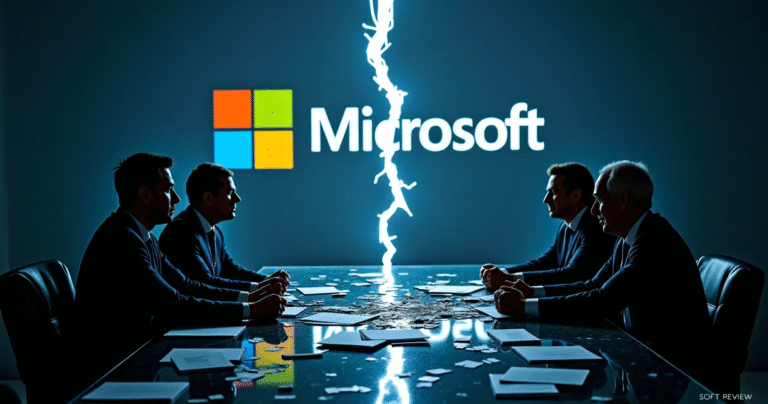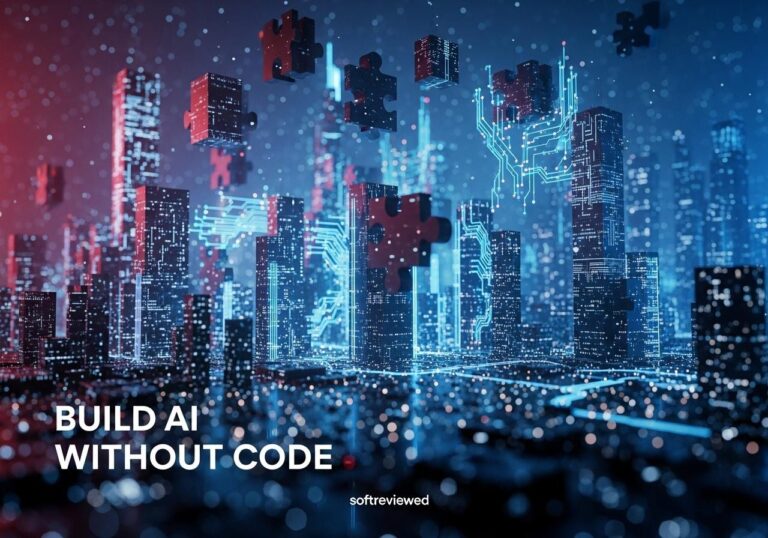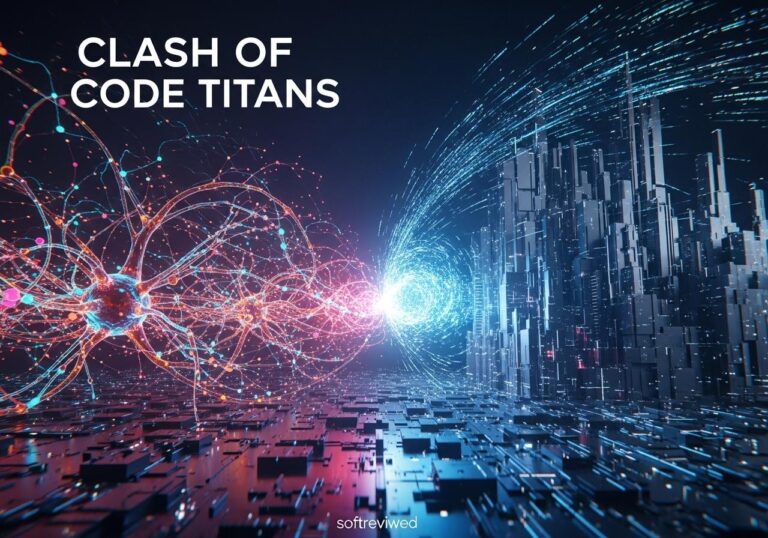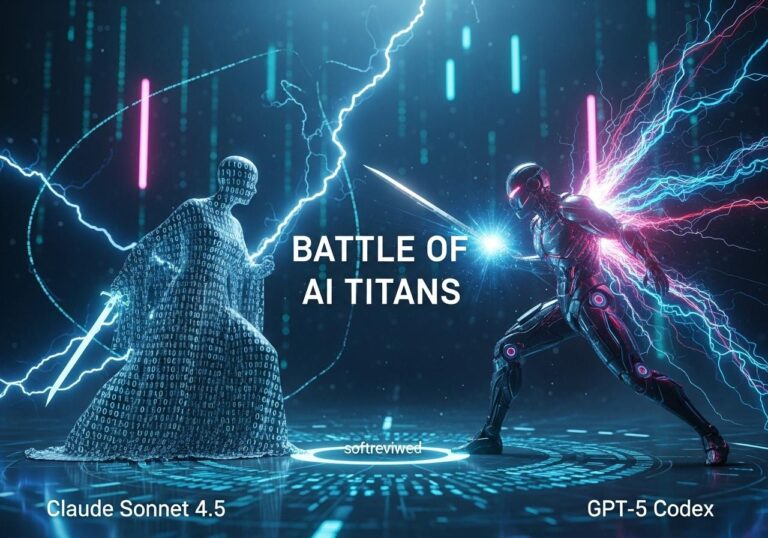Microsoft-OpenAI Partnership Evolution
Key developments reshaping the strategic alliance between tech giants
🔄 Evolving Partnership Terms
Microsoft retains Azure API exclusivity until 2030 but introduces a new “right of first refusal” mechanism for securing additional AI computing capacity. This strategic adjustment balances OpenAI’s need for flexibility while maintaining Microsoft’s privileged position.
⚖️ Antitrust Concerns
OpenAI reportedly considered accusing Microsoft of anticompetitive practices and sought regulatory reviews to address power imbalances. These tensions highlight the complex dynamics between the companies as they navigate their interdependent relationship.
💻 Windsurf IP Dispute
OpenAI has pushed back against Microsoft’s claims to Windsurf’s coding AI assets, fearing direct competition with GitHub Copilot. This intellectual property disagreement reveals the competitive undercurrents despite their collaborative framework.
📈 For-Profit Restructure
OpenAI’s shift toward a more profit-driven business model requires Microsoft’s approval, with ongoing negotiations regarding equity adjustments and potential IPO pathways. This transformation reflects OpenAI’s commercial ambitions within the constraints of their partnership.
💰 Revenue Sharing Changes
Recent negotiations have resulted in reduced financial obligations for OpenAI and relaxed cloud exclusivity terms, fundamentally reshaping the collaboration dynamics. These adjustments signal a maturing relationship that accommodates both parties’ evolving strategic priorities.
What happens when one of the most powerful partnerships in modern technology starts to show signs of a serious fracture? For the past few years, the collaboration between OpenAI and Microsoft has been the engine driving much of the generative AI boom. Microsoft's deep pockets and massive cloud infrastructure combined with OpenAI's pioneering research created a force that brought AI into the mainstream. But recent reports suggest this once-celebrated alliance is facing significant turbulence, with deep disagreements over control, competition, and the fundamental direction of artificial intelligence.
The situation has reportedly become so tense that OpenAI's leadership has considered taking drastic measures, including the possibility of publicly accusing its primary partner of anticompetitive behavior. This isn't just corporate drama; the outcome of this strained relationship could have profound implications for the entire tech industry, shaping the future of the AI tools millions of people use every day. We'll explore the core of this conflict, the key players, and what it all means for the future of AI. The escalating tensions may also impact OpenAI’s talent acquisition strategy, as potential recruits could become apprehensive about joining a company embroiled in such controversy. Furthermore, the long-term sustainability of OpenAI’s projects may be called into question if the partnership deteriorates further, potentially stifling innovation in a rapidly evolving market. How OpenAI navigates this conflict will be crucial not only for its own stability but also for the broader ecosystem of artificial intelligence development. As the situation unfolds, experts are closely monitoring how these tensions might impact innovation and competition within the sector. Notably, advancements like Google’s AI personality assessment could be affected, as collaborations and rivalries influence the trajectory of AI development. The stakes are high, and the way this conflict is navigated will undoubtedly set precedents for corporate partnerships in technology.
From Symbiotic Growth to a Strained Alliance
To understand the current friction, we need to appreciate just how intertwined these two companies have become. Their partnership, backed by a more than $13 billion investment from Microsoft, has been incredibly fruitful.
A Partnership That Defined an Era of AI
Microsoft's Azure cloud platform became the exclusive computing power behind OpenAI's most demanding models, including the one that powers ChatGPT. In return, Microsoft received privileged access to OpenAI's technology, integrating it deeply into its own products, from the Bing search engine to the immensely popular GitHub Copilot and Microsoft 365. It looked like a perfect match: OpenAI got the resources to build bigger and better models, and Microsoft got a massive head start in the AI race. For a time, their successes were one and the same.
The First Signs of Trouble in Paradise
However, the ground beneath this partnership has been shifting. As both entities have grown, so have their ambitions. Microsoft is no longer just a silent partner; it's developing its own AI models and tools that, in some cases, compete directly with OpenAI's offerings. This has led to a complex dynamic where the two are simultaneously partners and rivals. The core of the tension seems to boil down to a classic struggle over control and independence. OpenAI, once a research lab, is now a major commercial entity seeking to protect its intellectual property and strategic autonomy.
The Multi-Billion Dollar Wedge: A Startup Called 'Windsurf'

Recent reports point to a specific event that has become a major point of contention: OpenAI's $3 billion acquisition of an AI coding startup known as Windsurf. This move, intended to bolster OpenAI's own capabilities, has seemingly driven a wedge between the two companies.
A Strategic Acquisition or a Conflict of Interest?
For OpenAI, acquiring Windsurf was a strategic play to enhance its own AI coding tools and compete more effectively in the lucrative market for developer tools. The problem? Microsoft's GitHub Copilot is a dominant player in that same market. OpenAI is reportedly concerned that if Microsoft, through their partnership agreement, gains access to Windsurf's valuable intellectual property, it could use that technology to significantly improve its own competing product.
Why Control Over This IP Is a Major Flashpoint
This situation highlights the central conflict.
📌 OpenAI's Goal: To protect its new, valuable IP and use it to build its own competitive advantages.
📌 Microsoft's Position: As a major investor and partner, Microsoft likely has contractual rights to some of OpenAI's technology.
📌 The Standoff: OpenAI's desire for independence is clashing with the terms of its complex relationship with Microsoft. This isn't just about one startup; it's a battle over who gets to profit from the next wave of AI innovation.
More Than Just a Disagreement: The Fight for AI's Future
The friction extends far beyond a single acquisition. It touches on fundamental disagreements about the development and control of artificial intelligence itself.
Competing Visions and Dueling Products
While they once seemed perfectly aligned, Microsoft has been asserting its own AI identity. The company is actively building and promoting its own family of AI models and has been clear about its multi-model strategy, ensuring it isn't solely dependent on OpenAI. This creates a competitive tension that was less apparent in the early days of their partnership. Every new AI product launched by Microsoft is a reminder that it is not just a platform for OpenAI, but a formidable competitor in its own right.
Whispers of "Anticompetitive" Practices
The growing strain has reportedly led OpenAI's leadership to consider some serious power plays. According to reports based on anonymous sources, the company has weighed the possibility of publicly accusing Microsoft of engaging in anticompetitive practices. This is a significant escalation and suggests a deep-seated frustration within OpenAI's ranks about the perceived control Microsoft exerts.
The Drastic Steps OpenAI Considered
Beyond public accusations, OpenAI executives have also reportedly mulled over seeking a formal federal regulatory review of their contract with Microsoft. This would be a dramatic and risky move, inviting intense government scrutiny into the very foundation of their partnership. The fact that such options are even on the table indicates the severity of the rift and OpenAI's determination to carve out more autonomy.
A Tale of Two Titans: Comparing Strategies
The current tensions can be better understood by looking at the differing, and increasingly competitive, strategies of the two companies.
| Feature | OpenAI's Approach | Microsoft's Approach |
|---|---|---|
| Primary Focus | Pushing the boundaries of frontier AI models (e.g., GPT series) and building direct-to-consumer/developer products. | Integrating AI across its entire existing product ecosystem (Windows, Office, Azure, GitHub) and offering a suite of its own and third-party models. |
| Business Model | Increasingly focused on selling API access and premium subscriptions (ChatGPT Plus, Enterprise). | Using AI to enhance the value of its core software and cloud services, driving enterprise adoption. |
| Key Asset | Its brand as the premier AI research lab and the immense popularity of ChatGPT. | Its massive enterprise customer base, global cloud infrastructure (Azure), and diverse product portfolio. |
| Core Conflict Area | Desires greater independence and control over its IP to compete freely. | Aims to leverage its partnership for a competitive edge while also building its own independent AI capabilities. |
What the Experts are Saying: A Partnership at a Crossroads
Industry analysts are watching this situation closely. While neither company has officially confirmed a major split, the signs of a relationship under duress are clear. The consensus is that while a full "divorce" is unlikely in the immediate future due to their deep integration, the nature of their collaboration is fundamentally changing. It's moving from a symbiotic relationship to a more transactional and cautious one, where both sides are acutely aware of the competitive landscape.
The challenge for OpenAI is that its ambitious plans, including a potential conversion to a for-profit entity, may require Microsoft's approval, giving the tech giant significant leverage. You can read more about the complexities of their agreement and the recent tensions in this detailed report from The Information.
The Ripple Effect: What a Strained Partnership Means for the AI World
The friction between these two giants isn't happening in a vacuum. It could send ripples across the entire technology sector.
For Developers, Businesses, and You
✅ Increased Competition: In the long run, if OpenAI becomes more independent, it could foster more direct competition, potentially leading to more innovation and better pricing for consumers and businesses.
⛔️ Short-Term Uncertainty: In the short term, any instability in the partnership could create uncertainty for developers and companies who have built their products on top of the OpenAI-Azure stack.
🤔 Product Divergence: We may see a future where the AI features in Microsoft products diverge significantly from what OpenAI offers directly, creating a more fragmented market.
An Opportunity for Competitors?
Any sign of weakness in the Microsoft-OpenAI alliance is an opportunity for rivals like Google, Amazon Web Services, and Anthropic. A less unified front could give these competitors more room to capture market share and attract talent. A fractured partnership could slow down the pace of innovation that has been a hallmark of their collaboration, leveling the playing field for others.
Navigating the Maze: What's Next for OpenAI and Microsoft?
The path forward for these two companies is complex. They are, for now, locked in a necessary codependence. OpenAI needs Microsoft's cloud infrastructure to train its ever-larger models, and Microsoft's AI strategy is still heavily reliant on OpenAI's technology. They will need to renegotiate their relationship, clarifying boundaries around competition and IP. How they navigate this will be a masterclass in corporate diplomacy. The key question is whether they can find a new equilibrium that allows both to thrive, or if their competing ambitions will eventually lead to a more formal separation.
A New Chapter or the Beginning of the End?
The "bromance" between OpenAI and Microsoft may not be over, but it has certainly entered a new, more complicated chapter. The days of a simple, symbiotic relationship are gone, replaced by a delicate dance of cooperation and competition. The cracks that are now visible raise fundamental questions about the structure of power in the AI industry. Whether this leads to a healthier, more competitive ecosystem or a messy, public fallout remains to be seen. One thing is certain: the entire tech world will be watching.







